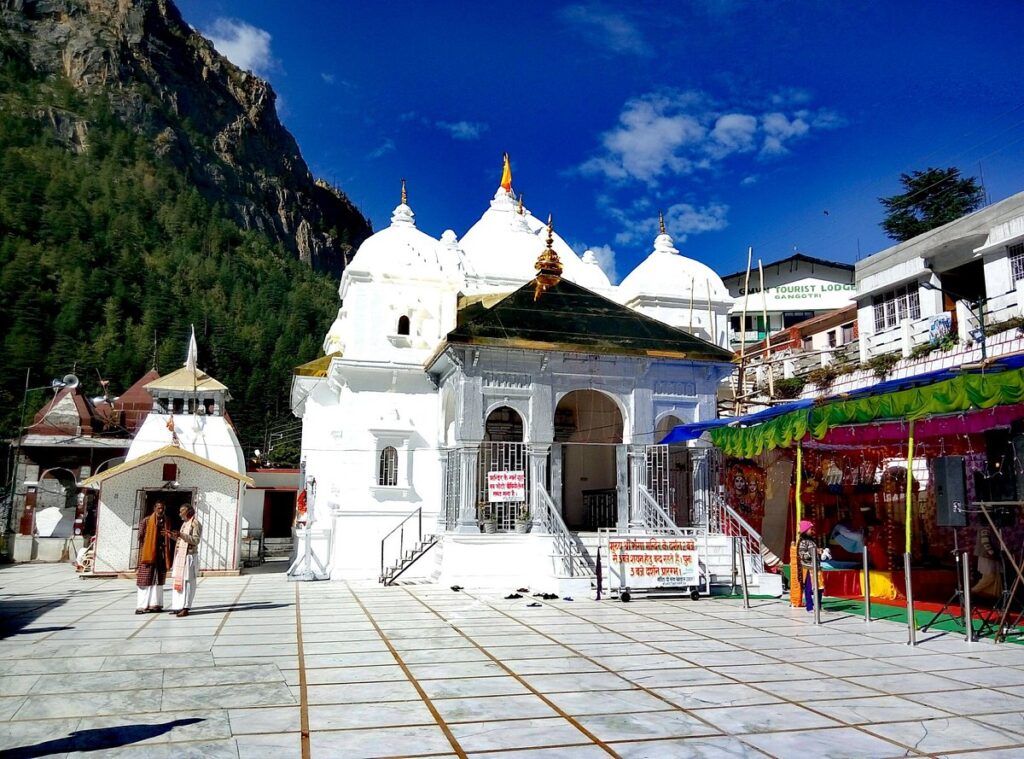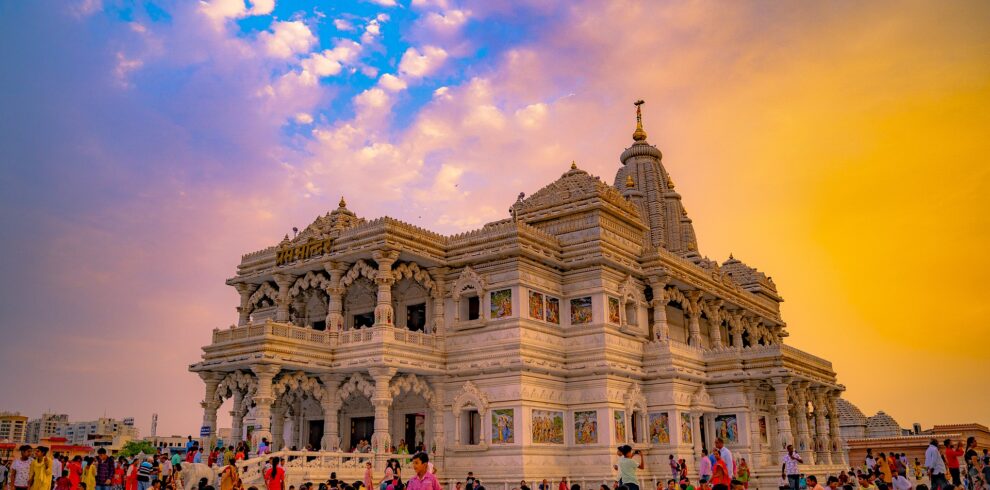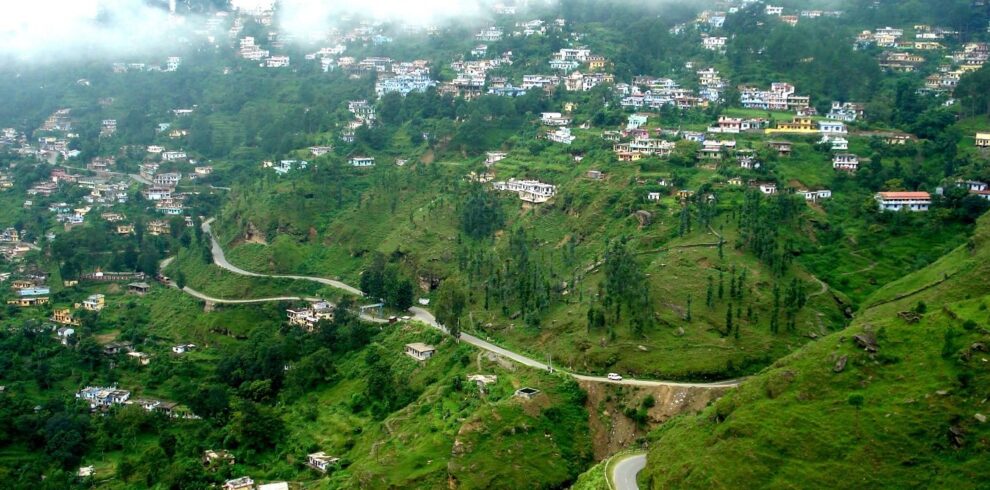Gangotri Tour
Gangotri Tour is one of the four sites in the Chota Char Dham pilgrimage circuit. It is also the origin of the Ganges river and, per Hinduism, the seat of the The Gangotri glacier is situated in the Uttarakashi district of the Garhwal Himalayas in Uttarakhand. It is around 30 km long and originates in the Chaukhamba massif, a ridge formed by four mountains. It is fed by several smaller tributary glaciers on either side .Gangotri tour is a sacred Hindu shrine located in the Indian state of Uttarakhand. It is one of the four sacred shrines in the Char Dham pilgrimage circuit, and it is dedicated to the goddess Ganga, one of the most revered deities in Hinduism.The actual origin of the river is at Gaumukh in the Gangotri glacier, 19 km away from Gangotri and is accessible by trekking. After it originates from Gaumukh, the river is known as Bhagirathi and it acquires the name ‘Ganga’ after the river Alaknanda merges into it near the town of Devaprayag.The Ganges is one of the three main river basins in the Hindu Kush Himalayas. Its source is high in the Himalayan mountains where the Bhagirathi river flows out of the Gangotri Glacier in India’s Uttarakhand state. It takes the name Ganges farther downstream where the Bhagirathi and Alaknanda rivers join.
Nestled amidst the majestic Himalayas in the Indian state of Uttarakhand, Gangotri tour is revered as one of the holiest pilgrimage sites in Hinduism. It is the source of the sacred Ganges River, known as Ganga Mata or Mother Ganges, which holds immense significance in Indian culture and spirituality. A journey to Gangotri is not just a pilgrimage; it’s a soul-stirring odyssey that offers devotees an opportunity to connect with the divine and immerse themselves in the serene beauty of the Himalayan landscape.
Introduction to Gangotri:
Located at an altitude of 3,100 meters (10,200 feet) above sea level, Gangotri tour is the spiritual abode of Goddess Ganga, the embodiment of purity and salvation. The pristine surroundings, snow-capped peaks, and the gurgling Bhagirathi River create a serene and tranquil atmosphere that captivates the hearts of pilgrims and travelers alike.
Legend and Mythology:
According to Hindu mythology, Gangotri tour is believed to be the place where King Bhagirath performed penance to bring the sacred Ganges River down from heaven to earth. It is said that Goddess Ganga descended from the heavens and flowed through Lord Shiva’s locks to prevent her powerful force from destroying the earth. This divine act is commemorated at Gangotri, where devotees offer prayers and seek blessings from the goddess.
The Gangotri Temple:
The Gangotri Temple is the main pilgrimage site in Gangotri tour and is dedicated to Goddess Ganga. Constructed in the 18th century by the Gorkha General Amar Singh Thapa, the temple is built in the traditional Himalayan architectural style with white granite stones and is adorned with intricate carvings and embellishments. The sanctum sanctorum houses the idol of Goddess Ganga, which is worshipped with great reverence by devotees.
The Sacred Dip:
One of the most sacred rituals performed by pilgrims visiting Gangotri tour is the holy dip in the icy waters of the Bhagirathi River. It is believed that bathing in the sacred waters of the Ganges cleanses one of sins and purifies the soul, leading to spiritual liberation and enlightenment. The experience of taking a dip in the frigid waters amidst the majestic Himalayan surroundings is both invigorating and spiritually uplifting.
Exploring the Surrounding Landscape:
Beyond its religious significance, Gangotri tour is also renowned for its breathtaking natural beauty and pristine surroundings. Trekkers and nature enthusiasts can explore the picturesque landscapes of the region, which are adorned with lush green meadows, alpine flowers, and cascading waterfalls. The trekking trails offer panoramic views of the snow-capped peaks of the Himalayas, including Shivling and Meru, providing ample opportunities for photography and meditation amidst nature’s splendor.
Bhairon Ghati:
Located near Gangotri, Bhairon Ghati is a revered pilgrimage site dedicated to Lord Bhairon, an incarnation of Lord Shiva. Pilgrims visit this sacred site to seek the blessings of Lord Bhairon and offer prayers for protection and guidance on their spiritual journey.
Gaumukh Glacier:
For the more adventurous souls, a trek to Gaumukh Glacier, the source of the Ganges River, is a must-visit. The trek offers stunning views of the glacier, surrounded by towering peaks and pristine wilderness. Pilgrims often undertake this challenging journey as a test of their devotion and commitment to the goddess Ganga.
Accommodation and Facilities:
Gangotri offers a range of accommodation options to suit every budget and preference, including guesthouses, dharamshalas (pilgrims’ rest houses), and campsites. Basic amenities such as food, water, and medical facilities are available in the vicinity of the temple, ensuring a comfortable and hassle-free pilgrimage experience for visitors.
Best Time to Visit:
The best time to visit Gangotri tour is during the summer months of May to June and the early autumn months of September to October, when the weather is pleasant and conducive to trekking and outdoor activities. It is advisable to avoid visiting Gangotri during the monsoon season, as heavy rainfall and landslides can disrupt travel plans and pose safety hazards.
Conclusion:
A pilgrimage to Gangotri tour is not just a physical journey to a sacred site; it’s a spiritual odyssey that offers devotees an opportunity to connect with the divine and seek solace in the lap of nature. As pilgrims embark on their journey to the source of the Ganges River, they are reminded of the timeless beauty, mythology, and spiritual significance of this sacred destination in the heart of the Himalayas.
Overview
Gangotri is one of the four sites in the Chota Char Dham pilgrimage circuit. It is also the origin of the Ganges river and, per Hinduism, the seat of the The Gangotri glacier is situated in the Uttarakashi district of the Garhwal Himalayas in Uttarakhand. It is around 30 km long and originates in the Chaukhamba massif, a ridge formed by four mountains.





